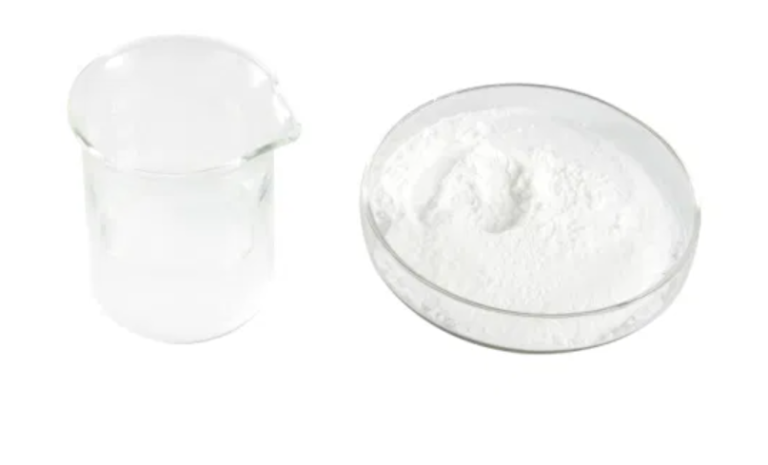Permonidehidom’s fascinating compound has a myriad of applications that touch various fields, from agriculture to medicine. As we delve deeper into the world of permonidehidom, you’ll discover how it plays a pivotal role in enhancing our lives and protecting our environment. Buckle up as we explore what permonidehidom is used in and why it’s becoming increasingly significant in today’s society!
History and Development of Permonidehidom
Permonidehidom emerged from the ongoing quest for sustainable solutions in agriculture and medicine. Its roots trace back to research focused on natural compounds that could enhance crop yield while minimizing environmental impact.
In the early stages, scientists experimented with various organic materials. The goal was to identify substances that promote growth without harmful side effects. Over time, researchers discovered permondiehidom’s unique properties and its potential applications expanded beyond agriculture.
As science evolved, so did methods of production. Advances in technology allowed for more efficient synthesis processes, ensuring higher quality and availability. This progress paved the way for broader use across different sectors.
Today, permonehididom stands as a testament to innovation driven by necessity—a substance born out of ingenuity and an unwavering commitment to improving both human health and environmental sustainability.
Uses of Permonidehidom in Agriculture
Permonidehidom plays a crucial role in modern agriculture. Farmers utilize it as an effective growth stimulant for various crops. By enhancing nutrient uptake, it fosters healthier plant development and higher yields.
This compound also serves as a natural pesticide alternative. It helps protect plants from pests without harming beneficial insects or the environment. This organic approach appeals to farmers looking for sustainable solutions.
Moreover, permidihidom improves soil health by promoting microbial activity. Healthy soil is vital for fertility and crop resilience against diseases and extreme weather conditions.
Innovative applications are emerging too. Some researchers explore its potential in hydroponic systems, where crops thrive without traditional soil methods. This could lead to more efficient farming practices worldwide, maximizing food production while minimizing environmental impact.
Uses of Permonidehidom in Medicine
Permonidehidom has gained significant attention in the medical field for its diverse applications. One of its primary uses is in drug formulation, where it acts as a stabilizing agent. This ensures that medications remain effective over time.
Moreover, researchers are exploring its potential as an adjunct therapy for various diseases. Early studies suggest that it may enhance the efficacy of certain treatments by improving bioavailability.
In addition to these roles, Permonidehidom is being investigated for use in diagnostic imaging. Its unique properties allow it to function as a contrast agent, making imaging procedures more accurate and informative.
The ongoing research into Permonidehidom’s medicinal benefits holds promise. As scientists delve deeper into its capabilities, we may uncover even more innovative uses within healthcare.
Environmental Benefits of Permonidehidom
Permonidehidom plays a significant role in promoting environmental sustainability. This compound acts as a natural pesticide, reducing the need for synthetic chemicals that can harm ecosystems. By utilizing permoneidihidom, farmers can protect crops while preserving beneficial insects and soil health.
Additionally, this substance enhances plant growth by improving nutrient absorption. Healthier plants contribute to better air quality and increased carbon sequestration. As they thrive, they support local biodiversity creating habitats for various species.
Moreover, permoneidihidom is biodegradable. Unlike many agricultural inputs, it breaks down naturally without leaving harmful residues behind. This characteristic minimizes pollution in water systems.
Furthermore, its application leads to reduced greenhouse gas emissions compared to traditional farming methods. Sustainable practices like these are crucial in combating climate change and promoting long-term ecological balance across different landscapes.
Potential Risks and Controversies Surrounding Permonidehidom
Permonidehidom, while beneficial in various sectors, is not without its challenges. Concerns have arisen around its potential toxicity when misused or overapplied. Farmers might inadvertently expose crops to high concentrations, leading to adverse effects on both plants and soil health.
Moreover, the chemical’s long-term impact on ecosystems raises alarms among environmentalists. Some studies suggest it could disrupt local biodiversity if released into waterways. This creates a pressing need for strict regulations.
Public perception also plays a role in the ongoing debates surrounding Permonidehidom. Many consumers are increasingly wary of chemicals in agriculture and medicine, fueling calls for transparency and better safety protocols.
These controversies highlight the necessity for rigorous research and careful management as industries navigate the complexities of using this compound effectively while minimizing risks.
Conclusion
Permonidehidom has carved its niche across various industries, showcasing versatility that many compounds cannot match. From enhancing agricultural productivity to offering innovative solutions in medicine, its applications are diverse and impactful. The environmental benefits further highlight its potential as a sustainable option for addressing modern challenges.
As we explore what Permonidehidom is used in, it becomes clear that while it holds promise, careful consideration is essential for responsible application. Balancing innovation with safety will be vital as we move forward into new realms of discovery.






